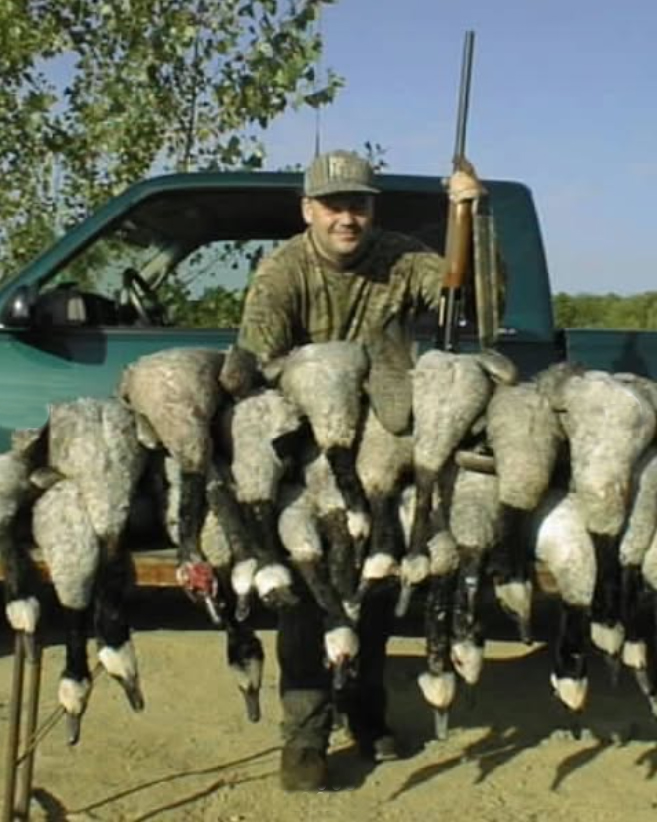I didn't even know where the Maple River State Game area was when my co-workers came to me to recruit me for my first Michigan early goose hunt. One of the guys said that he drove by the area on his way to Higgins Lake and it was loaded with geese. Better yet, a week later, when he drove back home, it was still thick with geese! None of us had any idea what we were doing, but the Michigan goose season opened in just two days. The morning of September 1, 1992 changed my life forever, as we had the most spectacular goose hunt anyone could ask for.
That hunt hooked me for life, and if you've never experienced Michigan's early goose season, you're missing out on some of the best waterfowl hunting the state has to offer. There's something magical about those first crisp September mornings when the leaves are just starting to turn and the geese are thick, predictable, and haven't been pressured by months of hunting.
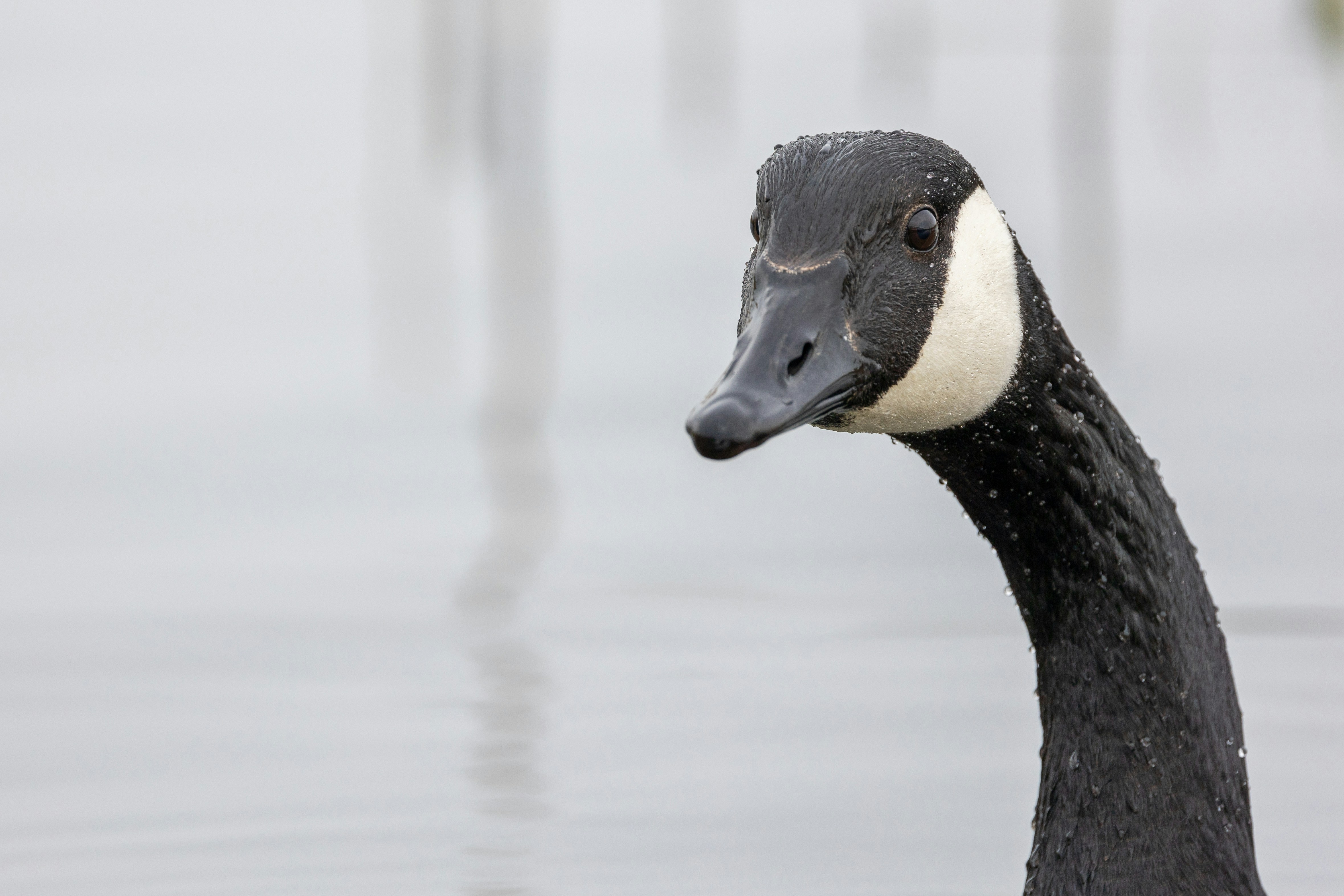
Why Early Season is Special
Michigan's early goose season is a completely different animal than the regular waterfowl season that opens in October. For starters, you're dealing primarily with local resident geese rather than the wary migrants that have been shot at from Canada to the Gulf Coast. These birds have spent their summer lounging around Michigan's lakes, ponds, and golf courses, living the good life without a care in the world.
The weather is another huge advantage. September mornings might be cool, but you're not dealing with freezing temperatures, ice-covered decoys, or numb fingers that can't work a call. It's comfortable hunting that lets you focus on the birds instead of surviving the elements - and that comfort extends beyond just the physical aspects.
You'll also find yourself with a lot more elbow room. Early September catches many waterfowlers off guard. Between busy work schedules, getting kids back to school, and the general hustle of late summer, September has a way of sneaking up on people. Many hunters simply aren't prepared yet - they haven't scouted locations, organized their gear, or gotten their hunting groups together. Others are waiting for the regular season when they know their usual spots will be more predictable. That means more birds and fewer hunters competing for the same areas.
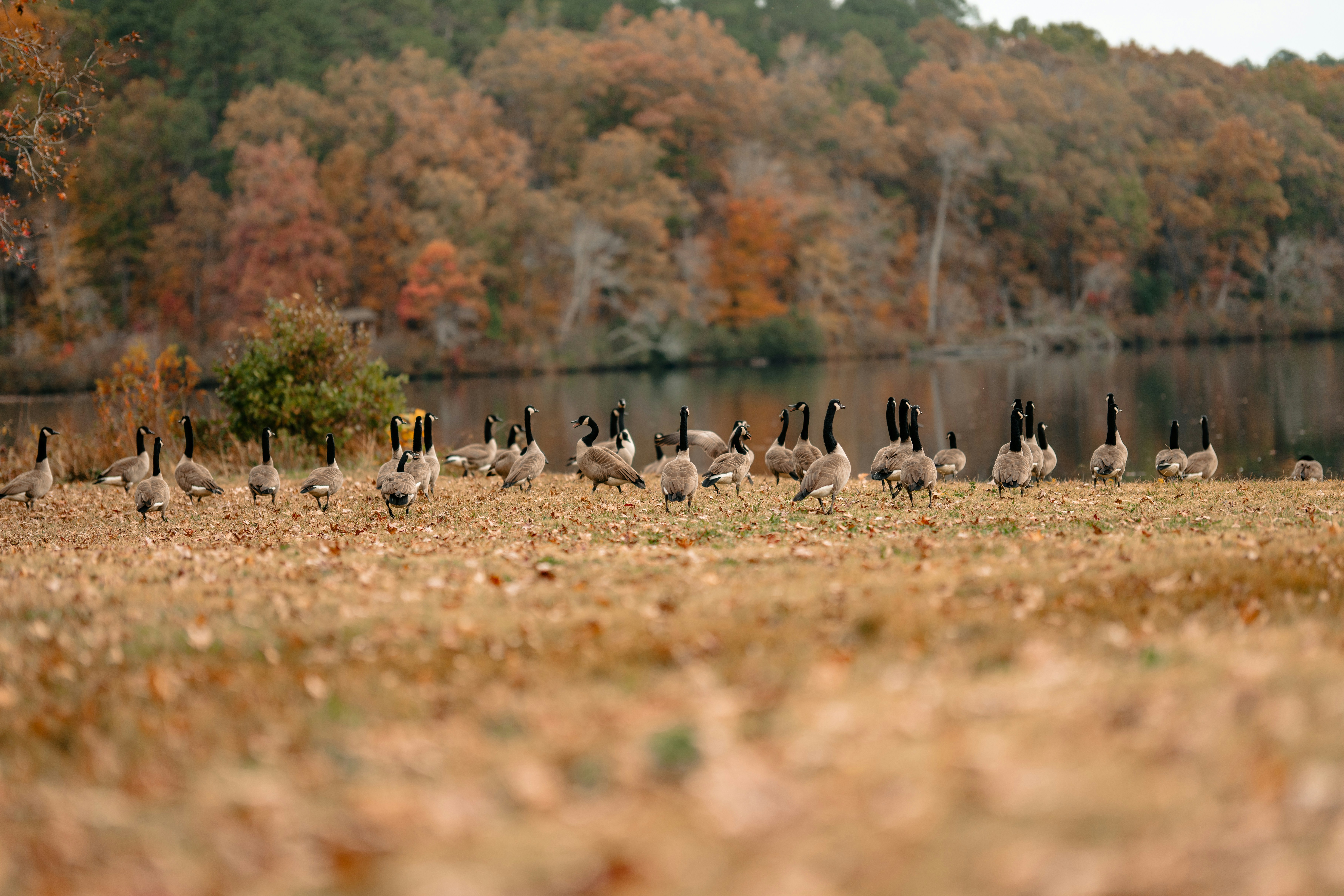
This timing works in your favor in another important way - the family groups are still together. These birds are focused on family dynamics rather than survival, making them more predictable in their patterns. They're using the same roost sites, feeding areas, and flight paths day after day. Once you pattern a family group, you can count on them showing up at roughly the same times and places. It's the perfect time to introduce kids to waterfowl hunting or to build confidence if you're new to the sport yourself, since the birds are following reliable routines.
Season Dates and Regulations
Michigan's early goose season typically runs from September 1-15, though these dates might vary slightly from year to year, so always check the current regulations. The daily bag limit is usually 5 geese with a possession limit of 15 - but again, verify these numbers before you head out.
You'll need the standard Michigan small game hunting license, a federal migratory bird hunting stamp (duck stamp), and you must be registered in the Harvest Information Program (HIP).
Required Licenses at a Glance:
- Michigan Small Game License
- Federal Duck Stamp
- HIP Certification (free)
Legal shooting hours are 30 minutes before sunrise until sunset. Michigan's goose hunting regulations have the exact times for the area that you plan on hunting these resident geese. This gives you flexibility for both early morning hunts when birds are leaving the roost and afternoon hunts when they're moving to feed.
Some management units have special regulations or restricted areas, particularly around refuges and wildlife production areas. These can change from year to year, so study your regulation booklet carefully and pay attention to posted signs when you're scouting.
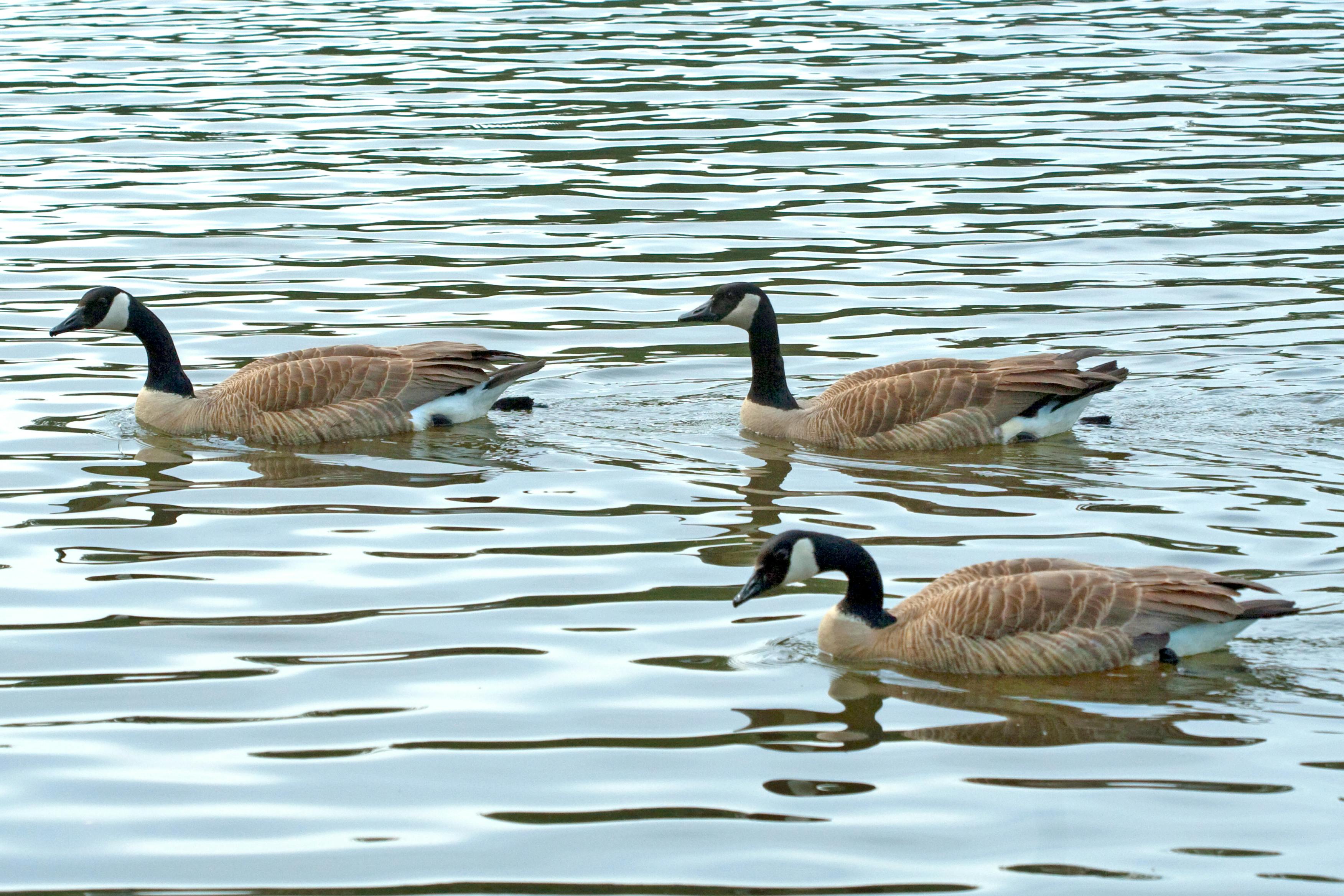
Where to Hunt:
Public Land or Private Land
State Game Areas and Public Land
Michigan has some outstanding public hunting opportunities for early season geese. The key is finding areas that hold water and have nearby agricultural fields where geese feed. State game areas are your best bet for free, accessible hunting.
Top 5 State Game Areas for Early Geese:
- Shiawassee River State Game Area - Multiple impoundments, excellent goose numbers
- Nayanquing Point Wildlife Area - Saginaw Bay access, diverse habitat
- Allegan State Game Area - Large complex with multiple hunt zones
- Maple River State Game Area - Reliable early season birds, easy access
- St. Johns Marsh Wildlife Area - Consistent action, less pressure
When hunting state game areas, get there early to claim your spot. Popular areas can fill up fast, especially on weekends. Most state areas have designated parking, and some require you to check in or register. Know the boundaries - you don't want to accidentally wander onto private property or into a safety zone.
Scouting is critical on public land. Drive the area a few days before the season opener and look for feeding patterns. Geese are creatures of habit, and if they're using a particular field or pond consistently, they'll likely continue that pattern for the first few days of season.
Private Land Opportunities
Don't overlook private land opportunities, especially small farm ponds. Many farmers are happy to give permission if you ask politely and explain what you're doing. These small waters often hold family groups of geese and receive virtually no hunting pressure.
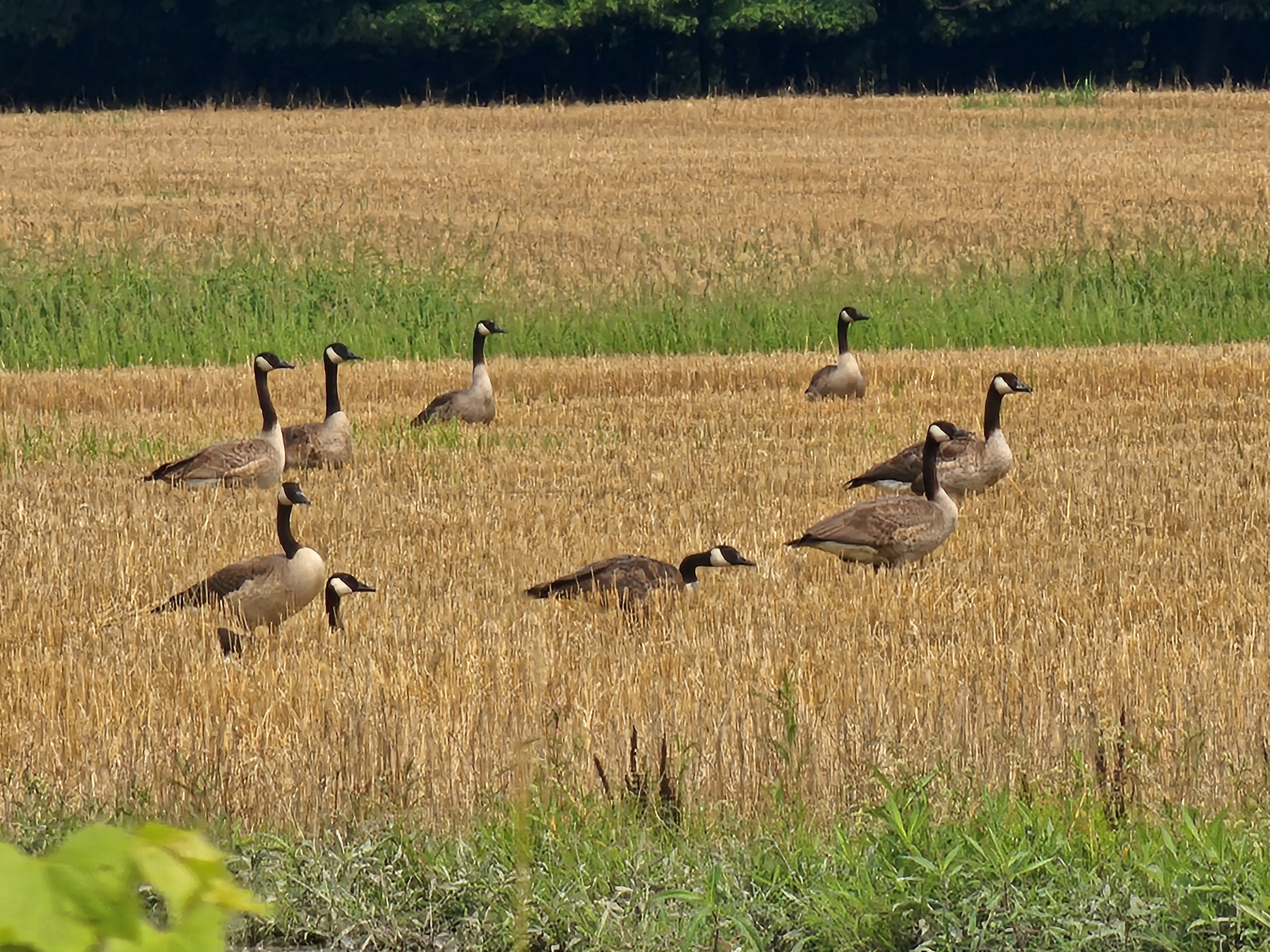
Farm fields can be gold mines, particularly harvested corn fields and freshly harvested wheat fields. Geese love to feed in these areas, cleaning up leftover grain and finding easy pickings. Corn stubble fields are especially productive since there's always plenty of kernels left behind after harvest.
Once you find a field that the geese are working, you may find that it's a challenge to secure permission to hunt.
Many hunters lease these prime fields and there's no way you're getting on them, but there are so many farm fields in Michigan that it's not real hard to find one that you can hunt on. The key to getting private land permission is being honest with the landowner, not damaging his field in any way, and building relationships.
Water vs. Land Hunting
Water hunting and field hunting each have their advantages. Water hunts typically offer more consistent action since geese need water for drinking, bathing, and roosting. Ponds, small lakes, and marsh areas can produce excellent shooting, especially in the morning when birds are moving from roost to feed. When geese are shot at in nearby fields, they return to the "safety" of the water.

Field hunting can be spectacular when you're set up in the right spot. Freshly harvested grain fields or areas where geese are feeding heavily can provide fast action with birds coming in low and committed. The downside is that field patterns can change quickly if the birds get pressured or find a new food source.
Many of my best early season hunts have been on small farm ponds where geese feel safe and comfortable. These birds often respond well to calling and will work decoys aggressively, providing great shooting opportunities.
Essential Gear
Shotguns and Ammunition
A reliable 12-gauge shotgun is hard to beat for goose hunting.
For shot size, BB and BBB are excellent choices for early season geese. The birds are typically closer, and these shot sizes provide good knockdown power without being overkill. Some hunters prefer #2 shot for the higher pellet count, and it's effective on the early season birds as well.
Non-toxic shot is required for all Michigan waterfowl hunting, so make sure you're using steel, bismuth, or one of the other approved non-toxic alternatives. Steel shot patterns differently than lead, so pattern your gun with the loads you plan to use.
Modified or Improved Cylinder chokes work well for non-toxic shot. Steel, TSS, and other varieties can damage a tightly choked shotgun. Bismuth is significantly softer than steel, with a density closer to lead, but I've never strayed from my modified choke -- and I consistently down birds!
Goose Hunting Decoys and Placement
Here's where many hunters overthink things. You don't need 200 decoys to kill early season geese. A spread of 2-4 dozen decoys is plenty, and I've had great hunts with as few as a dozen.
Shell decoys are economical and effective. They're lightweight, stack easily, and look realistic enough to fool early season birds. Full-body decoys add realism but aren't necessary for success. Silhouette decoys work well in fields and are easy to carry and store.
💡 Pro Tip: The General Decoy Spread That Works
- 18-24 shell decoys
- Mix of feeder and sentry positions
- Leave a landing zone upwind of your blind
- Keep spread within 40 yards of shooting position
- Add movement with jerk strings or spinners
Decoy placement is more important than quantity. Set your spread with the wind in mind - geese want to land into the wind. Leave an obvious landing zone upwind of your position where incoming birds can set down safely. Space your decoys naturally, not in perfect rows or patterns.
On water, place your decoys where you can see them clearly and where incoming birds can land safely. Avoid areas with too much vegetation or where birds might hang up on stumps or shallow spots.
Blinds and Concealment
Layout blinds are excellent for field hunting, providing complete concealment and allowing you to shoot comfortably from a prone position. They're portable and can be moved as conditions change.
For water hunting, a boat blind or natural brush blind works well. The key is breaking up your outline and staying still when birds are working. Geese have excellent eyesight, and any movement will send them flaring.
Natural blinds made from local vegetation blend perfectly with the surroundings. Cut cattails, corn stalks, or whatever vegetation is available and use it to break up your outline. These materials are free and look completely natural to passing birds.
Camouflage clothing should match your surroundings. Marsh camo for water hunting, field camo for agricultural areas. Face masks and gloves are important since your hands and face are the most visible parts when you're concealed.
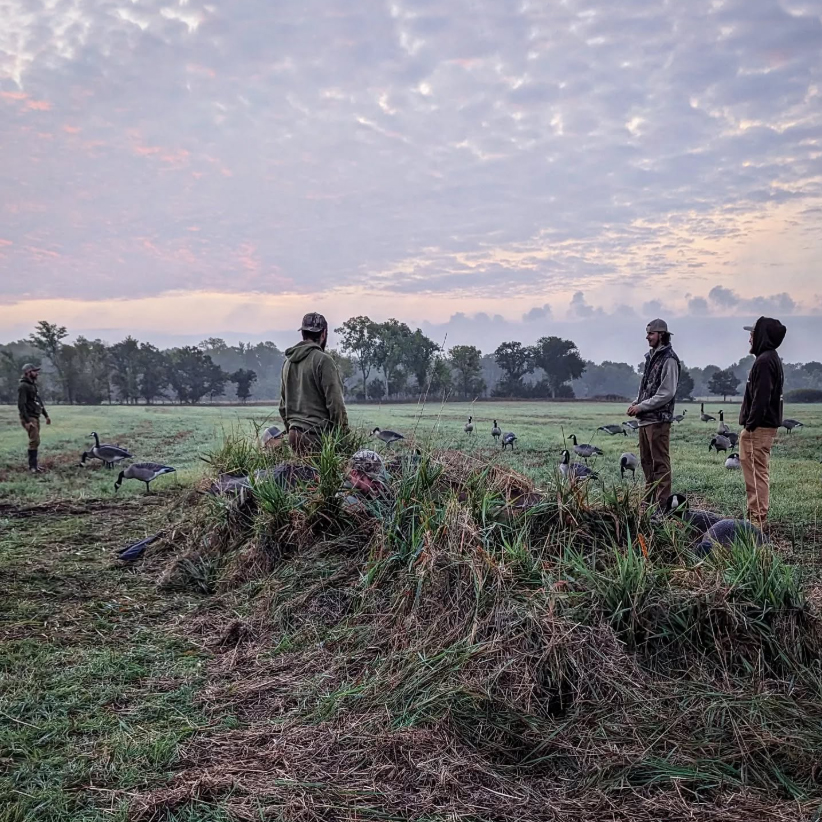
Many geese have been fooled by this blind and decoy placement.
Calling and Tactics
Early season geese are generally more responsive to calling than their heavily pressured cousins later in the season. They're social birds, and family groups will often respond to basic greeting calls and comeback calls.
Learn the basic honk, the comeback call, and a simple feeding chatter. (Youtube is your friend for goose calling tips.) You don't need to be a calling champion to kill early season geese - sometimes a simple honk or two is all it takes to get birds to turn and look at your spread.
Watch the birds' body language. If they're looking at your decoys and talking back to your calls, keep calling softly. If they start to circle wide or gain altitude, back off the calling and let them work on their own.
The biggest mistake new goose hunters make is calling too much. Early season birds want to be social, but they also spook easily if something doesn't sound right. When in doubt, call less rather than more.
Timing your shots is crucial. Let the birds work into range and get committed to landing before you shoot. Geese can be deceptively far away, and it's better to let them get close than to take marginal shots at birds that are just passing by.
Getting Hooked
The beauty of early goose season is its simplicity. You don't need a truck full of gear or years of experience to be successful. Basic equipment, a little scouting, and some patience will put birds in the bag.
WARNING - Watching a flock of geese respond to your calls, circle once, and then commit to your decoys with their wings cupped and feet down is addictive. That September 1st morning in 1992 started a love affair with goose hunting that continues to this day. I've been all over Michigan scouting, chasing, following, and hunting these birds.
Whether you're a seasoned waterfowler looking for some early season action or a newcomer wanting to try something new, early goose hunting season offers some of the best hunting opportunities you'll find anywhere. The birds are there, the weather is comfortable, and the hunting pressure is light.
All it takes is getting out there on that first September morning and experiencing it for yourself.
